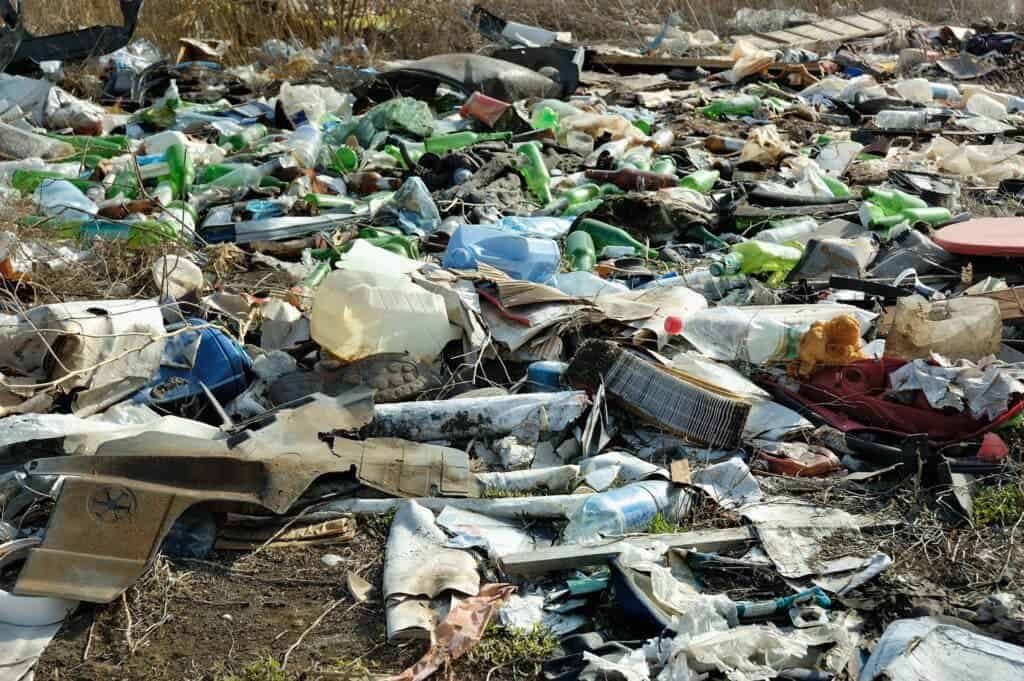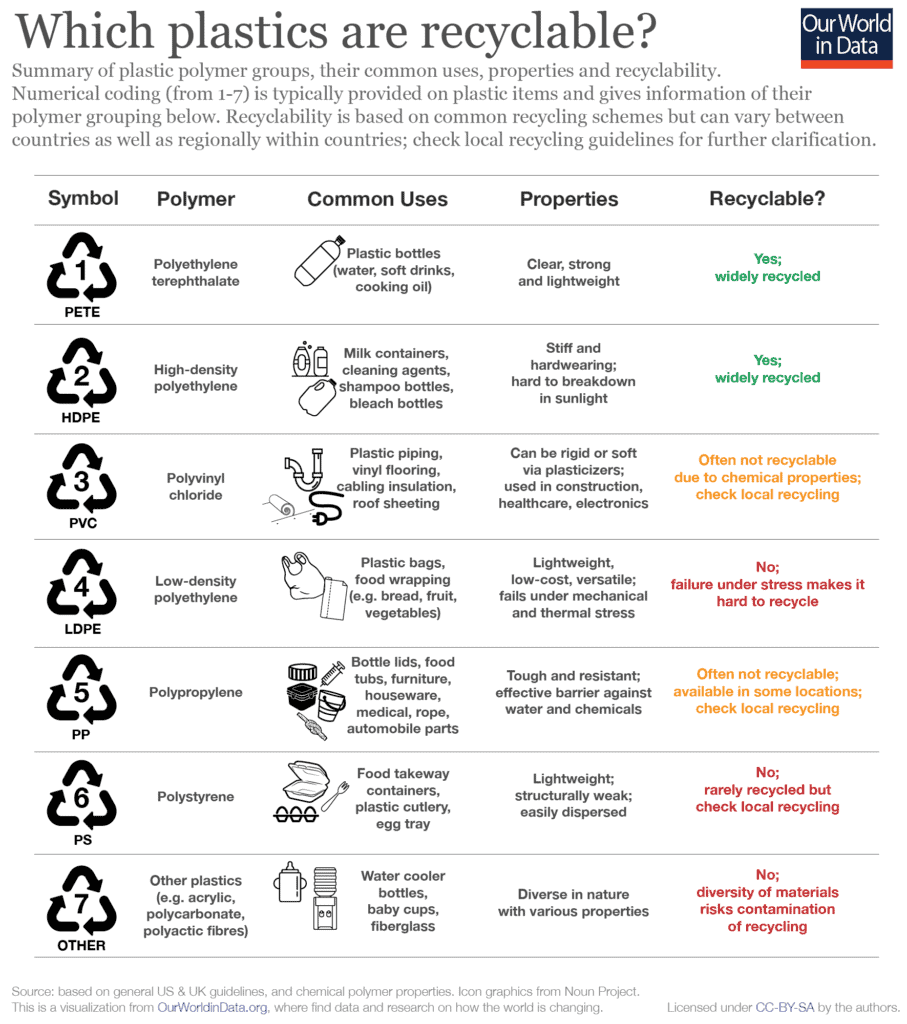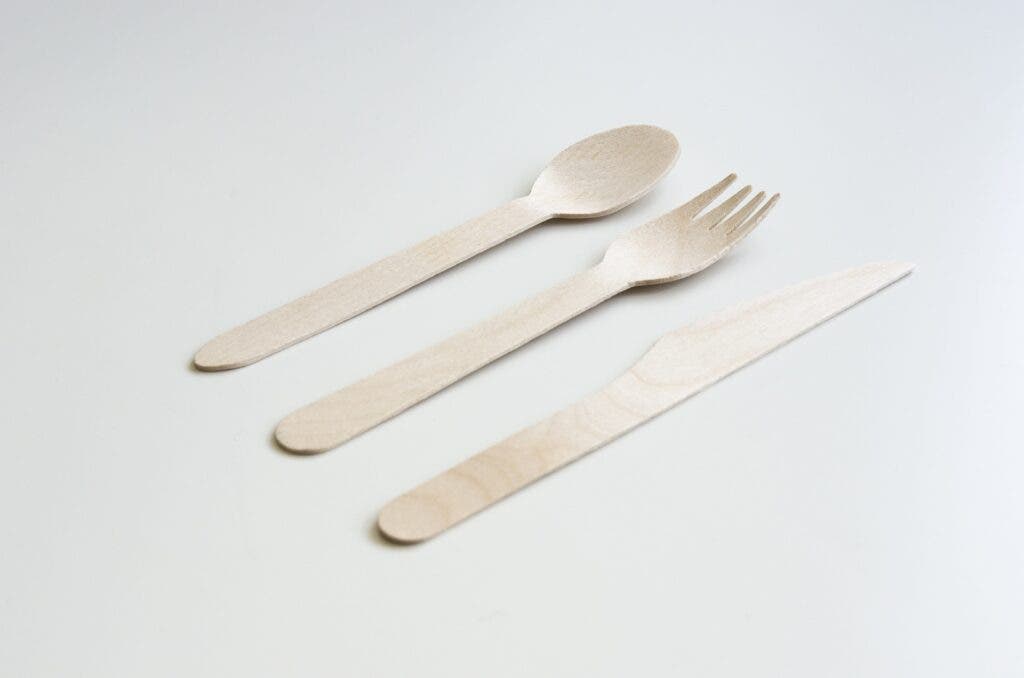
The world loves to use plastic because it’s cheap and highly durable. But the same appealing properties are a curse when plastic reaches the end of its lifecycle, polluting the soil and ocean for centuries to come. This problem is extremely pervasive and, at first glance, almost impossible to solve. The most plastic-littered place on Earth is actually a remote island in the middle of the Pacific and microplastics — tiny pieces of polymer measuring five millimeters or less — have been found in the lungs and even the blood of humans.
According to the UN Environment Programme (UNEP), 300 million tonnes of plastic are produced every year, and the vast majority of it is not recycled. To put all of this into perspective, that’s equivalent to the weight of the entire human population. This will only get worse, as plastic production is expected to double in the next 20 years, according to a report issued by the World Economic Forum.
In order to tackle this huge environmental challenge, we need to describe the problem carefully and examine where exactly it stems from so the solutions are actually effective. While it’s no secret that plastic is terrible for the environment, it can be challenging to understand just how bad this problem really is. This is why Metafact, a fact-checking platform, recently spoke to more than a dozen experts to answer some of the most pressing and confusing questions about plastic pollution.
How harmful is plastic waste in landfills?
The UNEP reports that only 9% of all plastic is recycled. Around 12% of the plastic pollution the world produces yearly is burned for energy, which sounds good but the process also releases toxic pollutants such as dioxins, acid gases, and heavy metals, usually in the vicinity of low-income communities where such plants tend to be built. The rest ends up in landfills or, much worse, scattered across ecosystems, be it in the fields, forests, river systems, and oceans.
But how bad of an idea is it to throw plastic in a landfill?
“In a landfill, the fossil carbon contained in the plastic is sequestered and basically cannot harm the environment,” Professor Paolo Calabrò, an environmental engineer from Calabria University, told Metafact. Release or leaching of harmful substances is unlikely “if the landfill is built and managed according to acceptable standards,” he adds.
However, this is an ideal case scenario that involves a lot of assumptions, such as that the plastic being disposed of in a very modern facility where waste is constantly being monitored or the fact that there will always be room for more plastic. In reality, a lot of landfills across the world are not really high standards and since plastic doesn’t degrade for centuries, its continued use can quickly clog up the landfill. But overall, compared to other types of waste, plastic shouldn’t be that much of a problem.
“As it has no metabolism, it will happily stay there forever. It does not do any harm,” Dr. Manfred Fehr, an engineer from the Federal University in Brazil, who added that a bigger problem is the fact that a lot of money and energy goes to waste making new plastic when the landfill plastic could have been recycled.
Scavenger animals might feel differently, though.
“Within seabirds, plastics can cause starvation, suffocation via blocking the air passage, strangulation, and entanglement. In the case of bird species who are unable to regurgitate such as Albatross, plastics fill stomachs and cause the animals starvation which often leads to death”, explains Dr. Sahar Seif from Carleton University.
How recyclable is modern plastic?
Just a tiny fraction of the plastic we produce is being recycled, and this recycling is typically limited to only some types of plastic. A lot of ground could be gained by improving collection and increasing the number of waste treatment plants. But the sad reality is that a lot of plastic cannot be recycled at all. Furthermore, once a recyclable item does go through recycling, the plastic’s quality degrades with each iteration until it ultimately becomes unrecyclable.
This means that a plastic bottle cannot be recycled into another plastic bottle. Instead, the recycled plastic will be turned into a bag or polymer clothing fabric. In the next iteration, a recycled plastic bag can become plastic lumber, a low-cost construction material. However, there is no way yet to recycle plastic lumber or fabrics.
“Plastics called thermosets (like those used in electronic circuits) do not melt, so they are much harder to recycle. The use of additives, like the ones used in electronic equipment (smartphones, tablets, computers), also hinders plastics’ recyclability,” explains Dr. Alethia Vázquez-Morillas, an environmental engineer from Mexico.

“There are basically two methods for recycling plastic: either cutting up the original plastic into small bits and melting them together into something new or breaking down the polymer chain and restructuring the material in what is called chemical recycling. In both cases, the quality of the original plastic product decreases each time it goes through this process,” said Dr. Carla Elliff from the University of Sao Paulo.
The fact that so few types of plastic are actually recyclable presents huge challenges and can sound hopeless. This is why researchers in the field and environmentalists are calling for better regulation so that more of the plastic we use is actually recyclable, where it is possible. Better still, plastic consumption can and should be decreased. Some countries and municipalities are making inspiring progress on this front, having banned plastic bags and single-use plastic items such as straws, food and beverage containers, and utensils. However, Dr. Eliff cautions that we shouldn’t be duped by some insincere restrictions that smell of ‘greenwashing‘.
“Any ban must be thoughtful of the context in which it is being implemented – meaning it should promote the use of alternatives, inform consumers and retailers, and be aware of biodegradable greenwashing that can take advantage of loopholes and make the ban effectively moot,” she said.
Are biodegradable plastic better (or less bad) for the environment? Yes, but…

Instead of petroleum products, which have very strong bonds that are hard to break chemically, some biodegradable materials are made out of natural materials like corn starch that avoid the use of fossil fuels in their production. Other polymers and blends, such as polyhydroxyalkanoates (PHAs), which can be produced by certain bacteria, are also biodegradable and non-toxic. The degree of degradation varies from product to product depending on the environment they’re designed to be disposed of in, ranging from inside the human body to industrial composters.
But are biodegradable plastics a green hope or just greenwashing? Some environmentalists believe that biodegradable plastics distract us from the real solution: eliminating single-use-disposable products and replacing them with reusable systems for food and beverage products. And among scientists, opinions can be divergent. For this reason, Dr. Chris Wilcox from the CSIRO in Australia calls biodegradable plastics “shorter-lived pollution”.
For instance, biodegradable products give consumers the guilt-free impression that they are easily disposable and are somehow magically absorbed into the environment without any negative consequences. In reality, many such biodegradable plastics decay in very specific conditions, such as in industrial composting facilities where temperature can reach over 50 degrees Celsius.
“If compostable plastics go to landfills, where oxygen is lacking, they will not degrade readily. If, on the other hand, they are littered in the environment, there is no guarantee that they will find the required microorganisms, oxygen, and water needed for their biodegradation. Even if they find them, the process will not be immediate, and they could be ingested by different animals or cause other harmful effects,” said Dr. Vázquez-Morillas.
Do microplastics affect human health?

According to a 2018 study, humans ingest around 100,000 microplastics a year, an amount equal to the weight of a credit card every week. Some of these microplastics are ingested directly from a variety of sources like the tupperware that we use to wrap food and beverages. Other microplastics reach the human body indirectly, traveling up the food chain. A portion of consumer-grade mussels in Europe could contain about 90 microplastic pieces, according to one study. Consumption can vary greatly between nations and generations, but it seems that avid mussel eaters might eat up to 11,000 microplastics a year.
Microplastics were found in the feces of humans, as well as in tissues like organs and even in our blood. This begs the obvious question: how will this hurt us? Will it hurt at all?
The short answer is that we don’t know yet because microplastic is a relatively recent issue, although “there is evidence of plastic causing oxidative stress and inflammation in different human-derived cells,” toxicologist Josefa Domenech from Universidad Autónoma de Barcelona told Metafact.
There is also a concern that people could get sick due to the various toxins, microbes, and pollutants that can stick to microplastics and later end up in our digestive or respiratory system. “It might be the case that the actual plastics are not the greatest threat here but rather what these plastic particles carry with them,” Dr. Elliff said.






